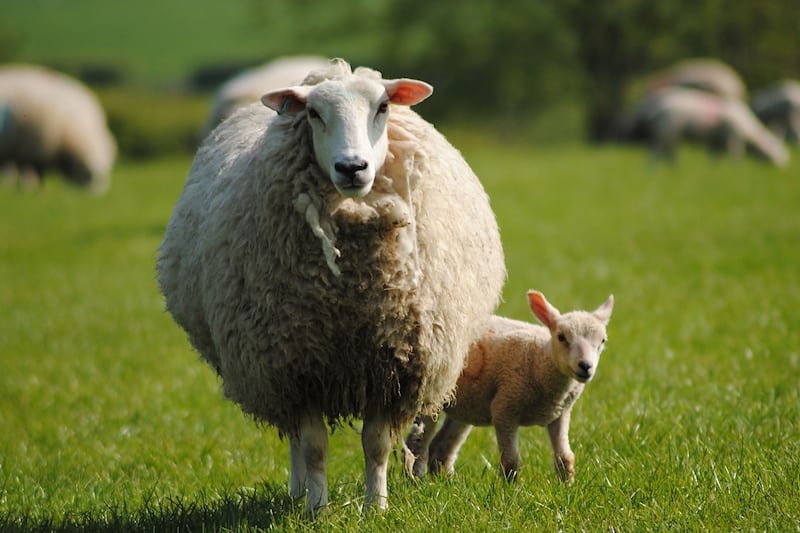A project which aims to effectively reintroduce a species of cattle that was wiped out four centuries ago plans to introduce a herd in the Highlands.
Trees for Life hopes 15 large wild cattle named tauros can be brought to live in an area near Loch Ness.
It is part of efforts to essentially resurrect the aurochs, which are considered to be the wild ancestor of domestic cattle, which became extinct in the 1600s.
The tauros have been bred to be genetically similar to the aurochs, featuring long horns and a muscular physique.
It is proposed the herd will be moved from the Netherlands to the 4,000-hectare Dundreggan estate in 2026.
Aurochs were once a prominent species in Europe and helped maintain biodiversity in grasslands, forests and wetlands.
Scientists believe they were the heaviest land mammals after the woolly mammoth and the woolly rhinoceros.

They disappeared from Britain around 1,300bc, later becoming globally extinct after the last remaining aurochs died in 1627 in Poland.
Scientists in the Netherlands have worked on bringing the aurochs back since the early 2000s by interbreeding ancient cattle breeds that are genetically the closest to the aurochs.
Their work was boosted when the aurochs’ genome was sequenced in 2011.
There are already several hundred tauros in mainland Europe, in the Netherlands, Czechia, Croatia, Spain and Portugal.
Being a cross-breed of cattle, tauros can be legally imported to Britain.
Trees for Life intends to release the small herd in a way that lets the tauros behave as naturally as possible, and that balances rewilding benefits with conservation of recovering ecosystems.
The five-year project will strictly adhere to the legal and animal welfare requirements of keeping cattle.

The tauros will be treated as farm animals but live as wild a life as possible. Signage and safety protocols will allow people to encounter them in a managed way.
The release will follow a further year of project development, including research, detailed habitat assessments, and securing full funding.
Steve Micklewright, chief executive of Trees for Life, said: “Introducing the aurochs-like tauros to the Highlands four centuries after their wild ancestors were driven to extinction will refill a vital but empty ecological niche, allowing us to study how these remarkable wild cattle can be a powerful ally for tackling the nature and climate emergencies.
“Our tauros project is about looking forward while learning from the past as we restore nature-rich landscapes that support wildlife and people, and are resilient to future environmental challenges.
“We also want to give people the chance to experience in a safe way the awe and wonder of getting close to an animal that feels really wild.”









